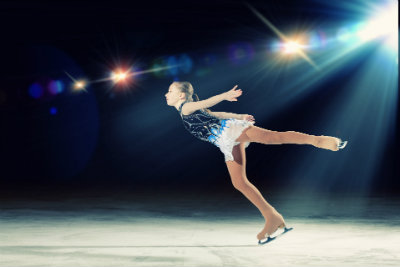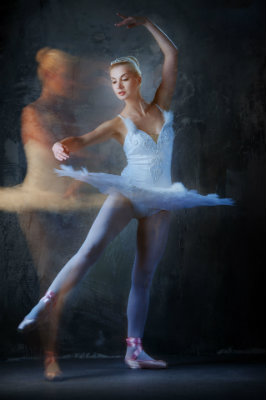I am dedicated to advancing Laban’s thinking – on the printed page, in the real space of the movement studio, and in the virtual space of the internet. I’ll be working in all three areas this autumn.

Irmgard Bartenieff observed that Laban’s life was “one great unfinished symphony.” She wanted her students to understand that Laban’s notation and movement analysis systems did not come about all at once. According to Irmgard, Laban was counting on future generations to carry the study of movement forward.
Of course, I think Laban developed his ideas to a greater extent than generally recognized. Laban’s unpublished papers and drawings show that he continued to expand and refine his theories of human movement across the final two decades of his life. Unfortunately, he did not live to see this mature theoretical work published.
I have published some of Laban’s mature theories in The Harmonic Structure of Movement, Music, and Dance. But his notions are not entirely easy to grasp just by reading about them. Consequently, I’ve been developing additional approaches to make these exciting concepts more concrete. Find out how in the following blogs.

 Henri Bergson, the French philosopher, was fascinated by how analytical thinking leads us to misperceive our own experience of being alive. For Bergson, life is an unceasing, continuous, undivided process, a sort of cosmic movement. Yet, we tend to conceive our lives as passing from feeling to feeling or thought to thought, as if each is separate, unchanging thing. In reality, feelings and thoughts are themselves in a state of flux, and it is the experience of continuous changes that is central to the experience of being alive.
Henri Bergson, the French philosopher, was fascinated by how analytical thinking leads us to misperceive our own experience of being alive. For Bergson, life is an unceasing, continuous, undivided process, a sort of cosmic movement. Yet, we tend to conceive our lives as passing from feeling to feeling or thought to thought, as if each is separate, unchanging thing. In reality, feelings and thoughts are themselves in a state of flux, and it is the experience of continuous changes that is central to the experience of being alive.

 In his unpublished papers Laban also observed, “inner becomes outer and outer becomes inner.” That is, movement not only reflects what a person is thinking and feeling, it also affects one’s inner psychological state.
In his unpublished papers Laban also observed, “inner becomes outer and outer becomes inner.” That is, movement not only reflects what a person is thinking and feeling, it also affects one’s inner psychological state.